Redrawn Washington
Following heavy criticism, the US Post Office issued a new “clean shaven” George Washington stamp on November 17, 1967. The stamp replaced a Prominent Americans stamp issued in 1966.
Happy Holidays! Enjoy a FREE 2026 Stamp Calendar With Purchases of $100 or More. While Supplies Last
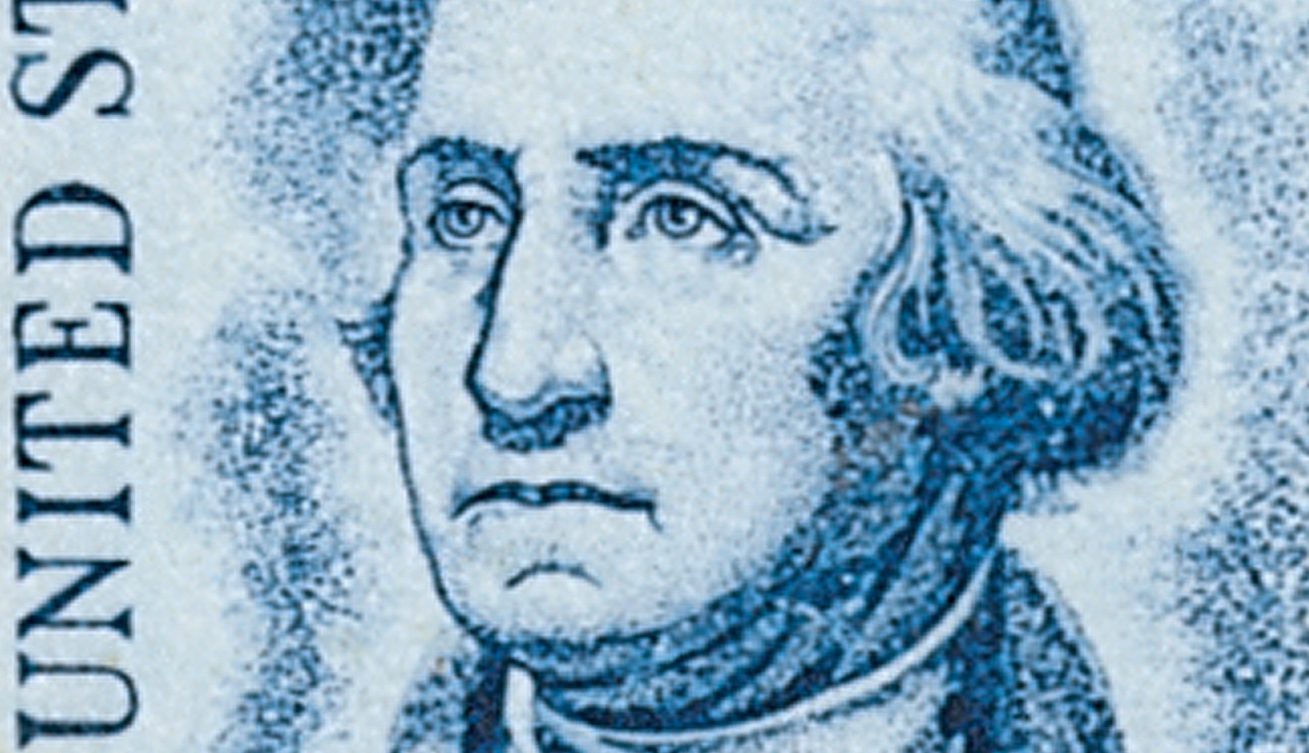
Following heavy criticism, the US Post Office issued a new “clean shaven” George Washington stamp on November 17, 1967. The stamp replaced a Prominent Americans stamp issued in 1966.
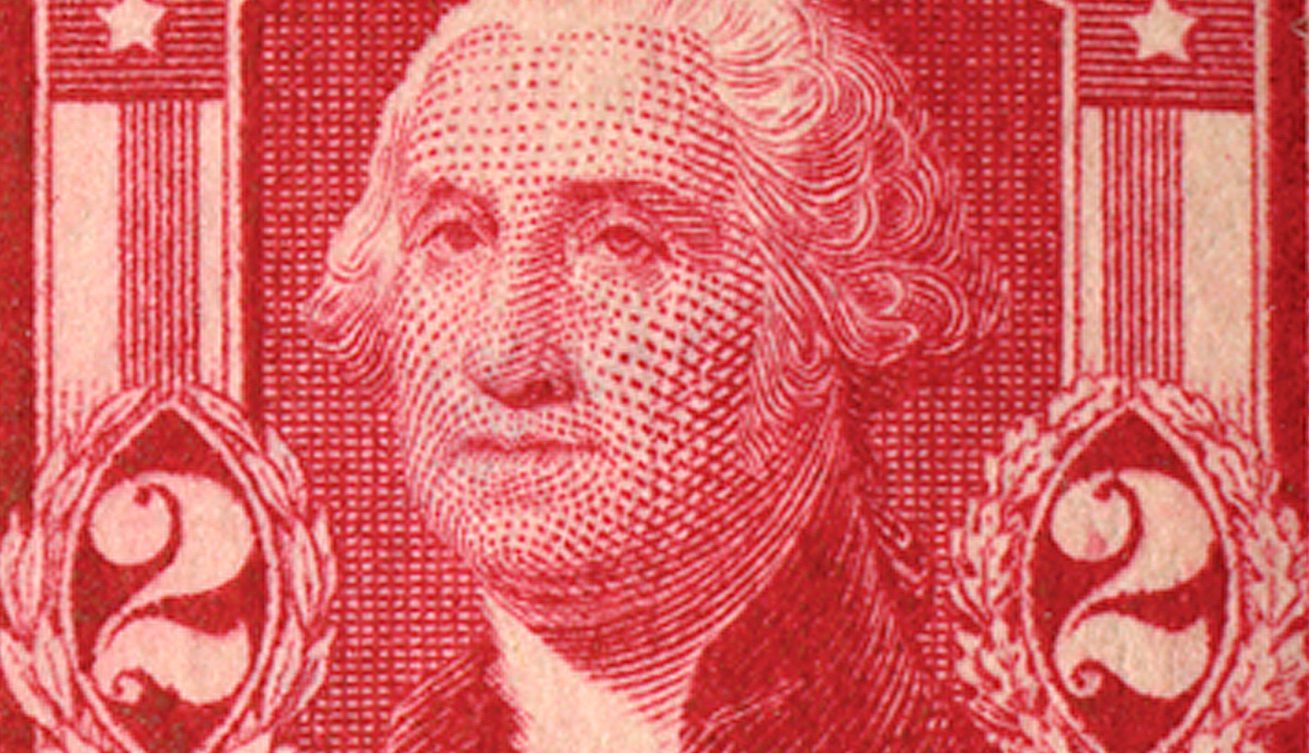
On November 12, 1903, the 2¢ Washington stamp was issued with a new design after the earlier stamp was deemed disappointing.
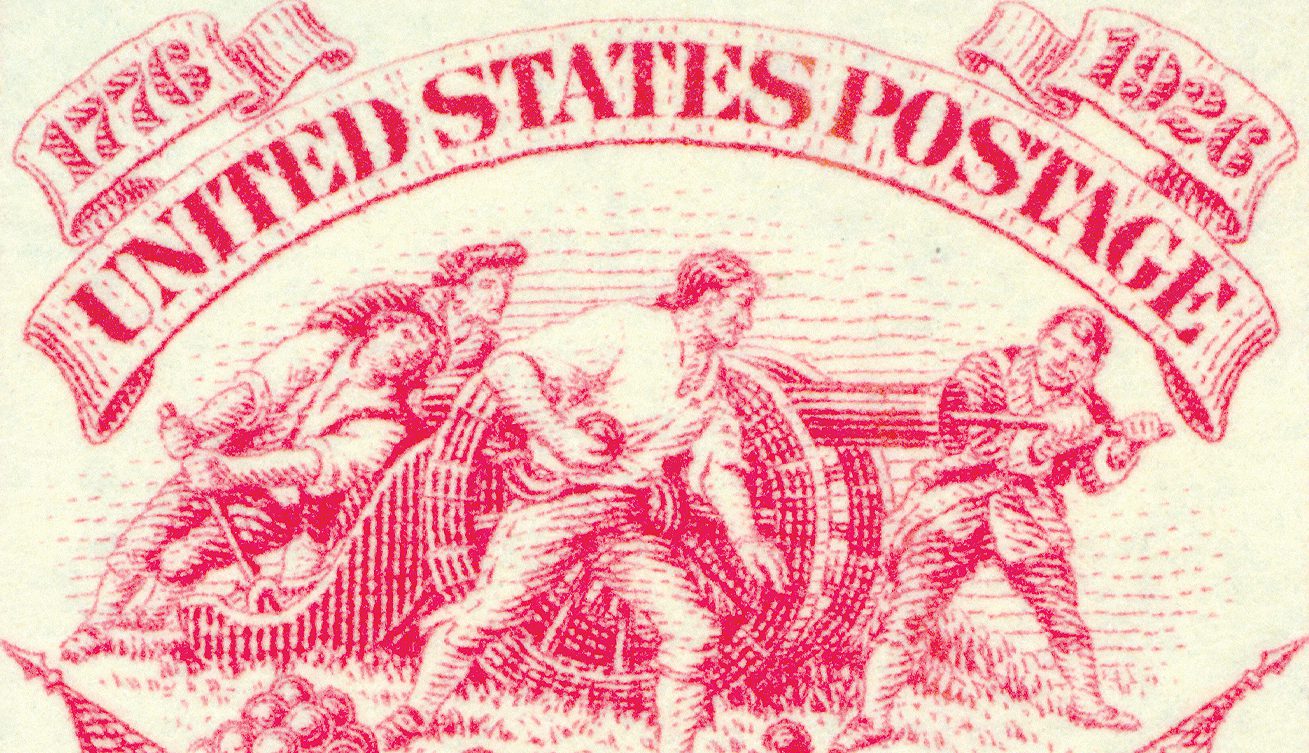
On October 28, 1776, George Washington led the 14,000–man Continental Army in the Battle of White Plains against British General William Howe’s 20,000 redcoats.
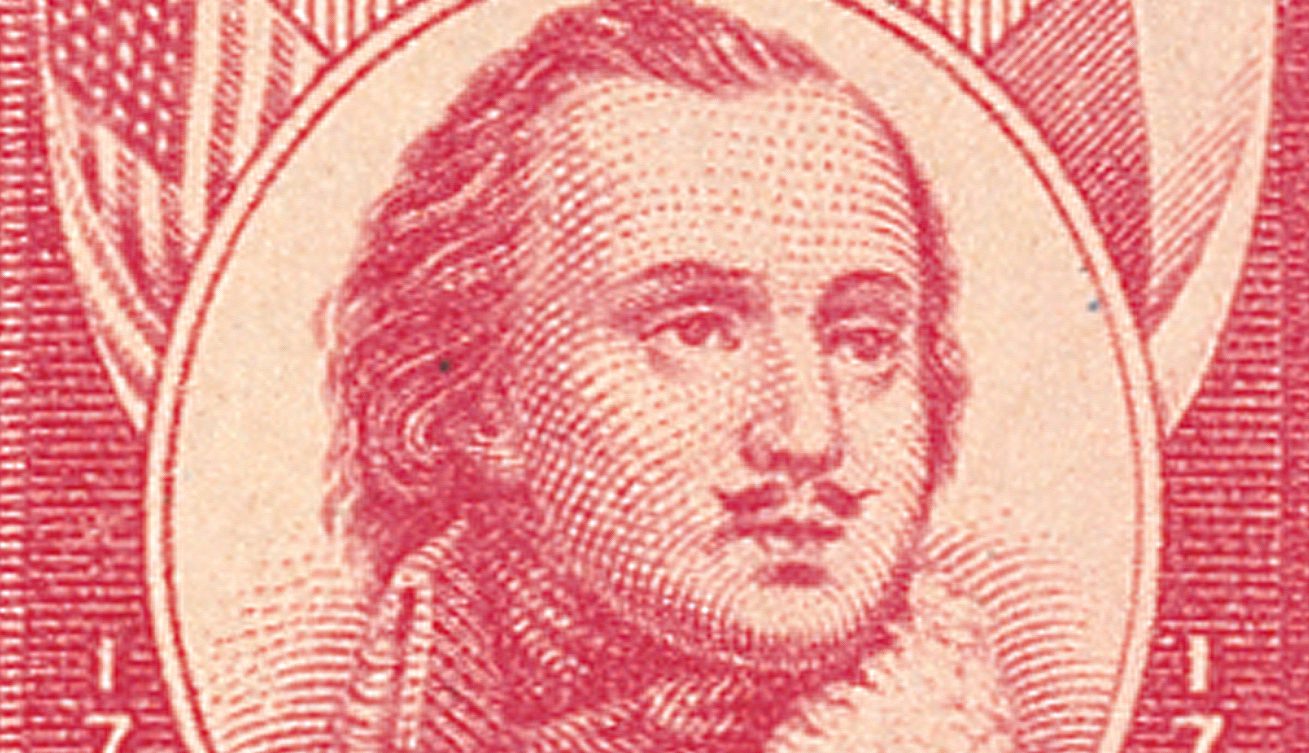
On October 11, 1779, Polish General Casimir Pulaski died fighting in the American Revolution. During his two years fighting for the American cause, he earned the respect and admiration of men on both sides of the conflict.

On October 3, 1789 and 1863, two sitting presidents called on Americans to celebrate a day of Thanksgiving in November.

On September 22, 1956, the US Post Office issued its first commemorative stamp on colored paper. The stamp celebrated the 200th anniversary of Princeton’s Nassau Hall.
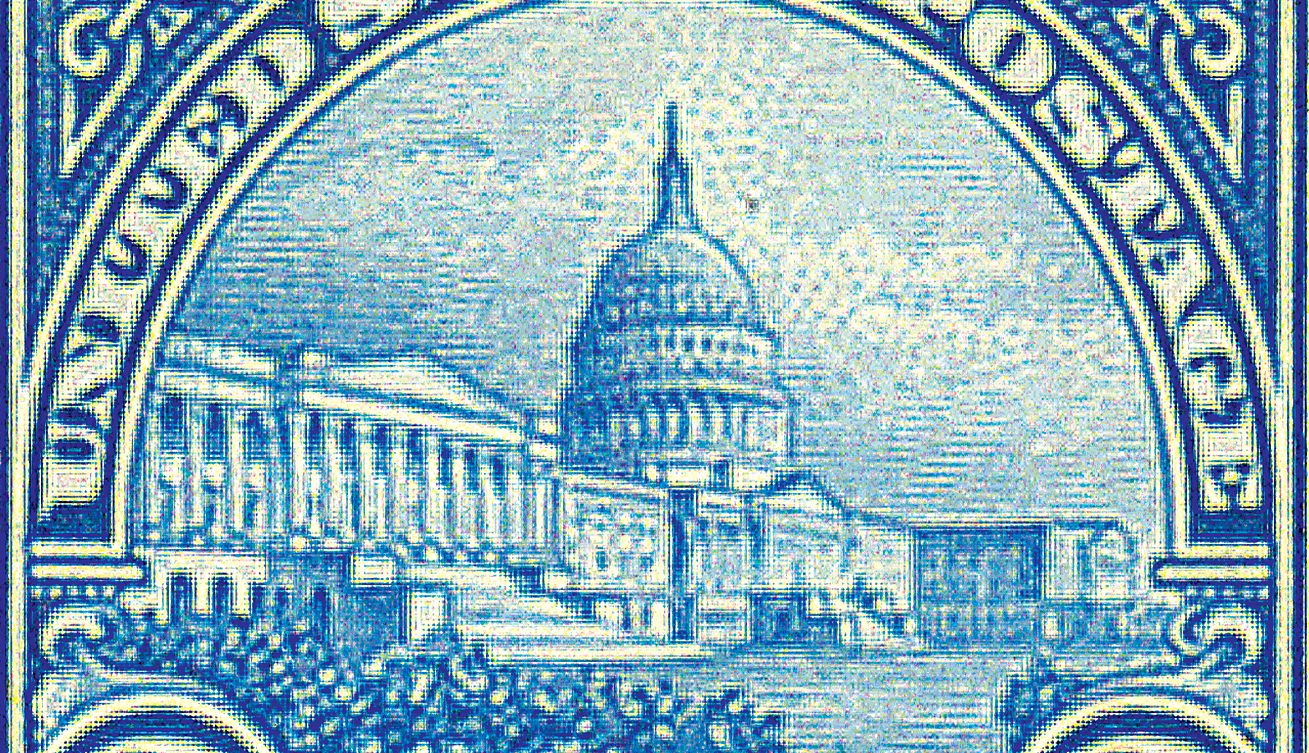
On September 18, 1793, President George Washington laid the cornerstone of the US Capitol building in Washington, DC.

On August 7, 1782, George Washington ordered the creation of the Badge of Military Merit to be awarded for bravery in battle. The predecessor of the Purple Heart, it’s one of the oldest military awards worldwide that is open to all who are wounded in battle.

On July 9, 1755, George Washington distinguished himself as a leader at the Battle of Braddock’s Field, also known as the Battle of the Monongahela.